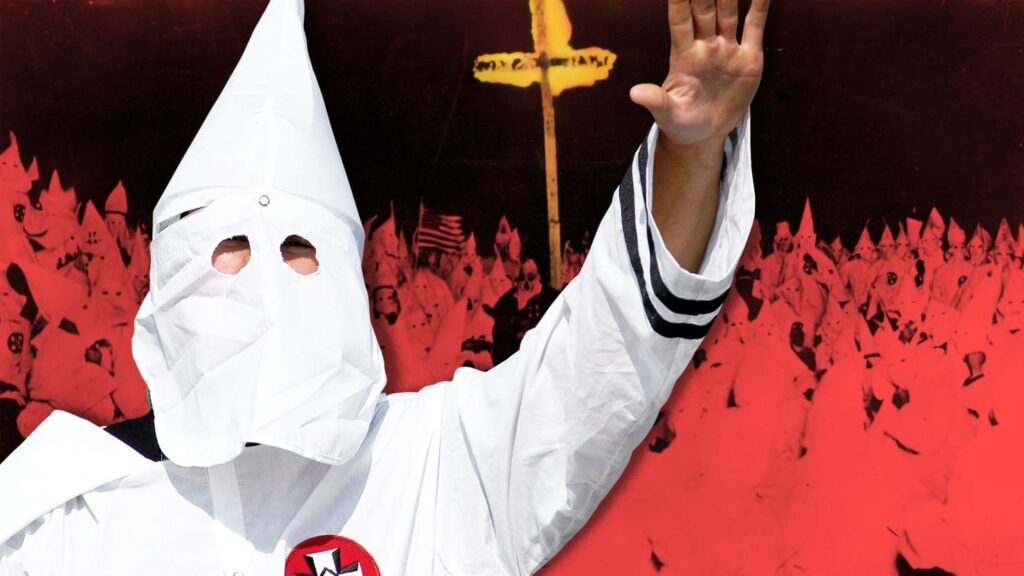The Ku Klux Klan (KKK), a white supremacist organization, has left a lasting impact on American history. Initially, the organization’s symbols were simple, such as the white hood and robe worn by members to conceal their identities. The burning cross became a powerful symbol of terror, signaling impending violence and promoting racial hatred. The hooded figure, with its face obscured by a pointed hood, became synonymous with the KKK.
During the Civil Rights Movement, the KKK adapted its symbols to align with its opposition to civil rights. The Confederate flag, not originally a KKK symbol, became associated with the organization during its resurgence in the mid-20th century. Today, the Confederate flag remains a divisive symbol, with some arguing for its historical significance and others condemning its association with racism and oppression.
In the 21st century, the KKK’s symbols have taken on new forms with the rise of the internet and dog whistle politics. Online platforms allow hate groups to disseminate their ideologies and recruit new members, while coded language and symbols appeal to specific audiences. The evolution of KKK symbols reflects a persistent thread of racial hatred that continues to weave through American society. Understanding the historical context and evolution of these symbols is crucial for addressing the deep-seated issues of racism and intolerance in contemporary America.
The Birth of the KKK and Its Early Symbols
The Ku Klux Klan emerged in the Southern United States following the Civil War, initially as a secret society dedicated to maintaining white supremacy and opposing the newly gained rights of African Americans. The earliest symbols associated with the KKK were simple, such as the iconic white hood and robe worn by members to conceal their identities. The anonymity provided by these garments allowed Klan members to act with impunity, committing acts of violence and intimidation against African Americans.
The Cross as a Symbol of Terror
As the KKK gained momentum in the late 19th century, the burning cross became a powerful and ominous symbol associated with the organization. This symbol was not originally created by the Klan but was appropriated to instill fear and terrorize minority communities. The burning cross, illuminated against the night sky, served as both a physical and psychological weapon, signaling impending violence and promoting racial hatred.
The Hooded Figure and Its Evolving Symbolism
The iconic image of the hooded Klansman, with its face obscured by a pointed hood, has become synonymous with the KKK. The hood served the dual purpose of concealing the identity of Klan members and dehumanizing their victims. This sinister figure became a potent symbol of racial terror, and its impact has endured over the years.
Resurgence during the Civil Rights Era
The KKK experienced a resurgence in the 20th century, particularly during the Civil Rights Movement of the 1950s and 1960s. As the fight for racial equality gained momentum, the Klan adapted its symbols to align with its continued opposition to civil rights. The burning cross and hooded figures remained prevalent, but the Klan also adopted new imagery to convey its message of hate.
The Confederate Flag: A Symbol of Heritage or Hatred?
The Confederate flag, though not originally a KKK symbol, became associated with the organization during its resurgence in the mid-20th century. The flag, representing the Confederate states during the Civil War, was embraced by the Klan as a symbol of white heritage and resistance to desegregation. Today, the Confederate flag remains a divisive symbol, with some arguing for its historical significance and others condemning its association with racism and oppression.
Modern Adaptations: Internet and Dog Whistle Politics
In the 21st century, the KKK’s symbols have taken on new forms with the rise of the internet and dog whistle politics. Online platforms provide a space for hate groups to disseminate their ideologies and recruit new members. Symbols like the hooded figure and burning cross persist in online spaces, allowing the KKK to reach a global audience.
Dog whistle politics, characterized by the use of coded language and symbols to appeal to a specific audience, have allowed the KKK to continue spreading its message without overtly displaying traditional symbols. This subtle approach enables the organization to maintain a presence in mainstream discourse while avoiding direct condemnation.
The Lingering Impact on Society
The evolution of KKK symbols reflects a persistent thread of racial hatred that continues to weave its way through American society. While the KKK may no longer be as visible or overt as it once was, the symbols associated with the organization still carry a heavy historical burden. The fear instilled by the burning cross, the hooded figure, and other KKK symbols persists in the collective memory of marginalized communities.
These symbols serve as a reminder that the fight against racism is ongoing, and the consequences of historical hatred endure. Communities affected by the KKK’s violence and intimidation continue to grapple with the psychological scars left by these symbols. The burning cross, in particular, remains a powerful image that evokes a sense of dread and trauma.
Conclusion
The evolution of KKK symbols illustrates the adaptability of hate groups in the face of societal changes. From the post-Civil War era to the present day, the KKK symbol have mutated to suit the organization’s goals while leaving a lasting impact on American society. Understanding the historical context and evolution of these symbols is crucial for addressing the deep-seated issues of racism and intolerance that persist in contemporary America. By recognizing and challenging these symbols, society can work towards dismantling the legacy of the Ku Klux Klan and fostering a more inclusive and equitable future.







